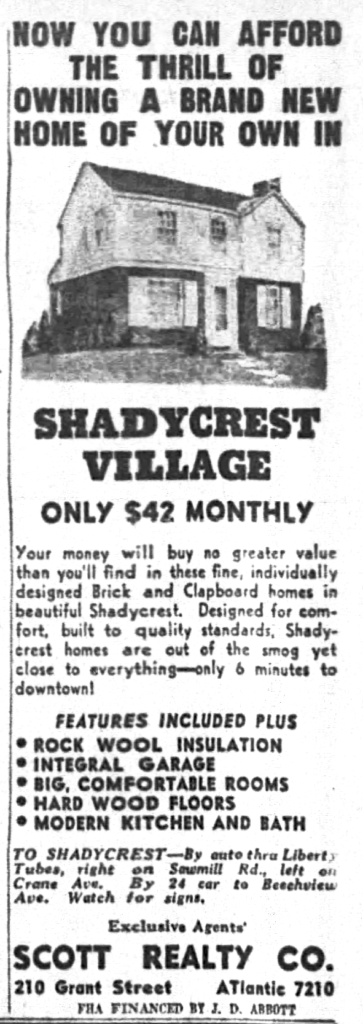
Casimir Pellegrini Associates were the architects of this church, whose cornerstone was laid in 1963. It was a Franciscan parish until just a few years ago. Unlike some other abandoned Catholic churches, this one has a happy ending: it was bought by the thriving Lebanese Maronite Catholic congregation of Our Lady of Victory, which began in Brookline (or arguably earlier in the Lower Hill) and spent years banished to the wilds of Scott Township. In honor of Pittsburgh’s best Lebanese festival, which begins today and lasts all weekend, here are quite a few pictures of St. Pamphilus/Our Lady of Victory, which old Pa Pitt has done his best to make look like period-appropriate Kennedy-era Kodachrome slides.

The Our Lady of Victory congregation has graciously allowed St. Pamphilus to stay in his home on the front wall of the church, where he distributes bread to begging hands.



Father Pitt will admit that he does not find the nave the most attractive of all our church buildings. It is dignified and spacious, and that is enough. But the tower, a mailbox on stilts, captures his imagination, and he would hate to see anything happen to it.







The church was dedicated to St. Pamphilus, but it is St. Francis who greets you at the door with his usual motto “Pax et bonum.”


This shrine to Our Lady of Victory is now in its third location.

Father Pitt makes it a practice to try to record all the names on a war memorial, because sometimes things happen to inscriptions. If you enlarge this picture, every name should be clearly legible.

A plaque remembers Msgr. Elias P. Basil, the founding pastor of Our Lady of Victory parish. He had been pastor of St. Anne’s, the Maronite church in the Lower Hill. The story is that he promised St. Mary that, if all his parishioners came home safe from the Second World War, he would build a church in her honor. They did, and he did.

St. Anne Church was on Fulton, later Fullerton, Street, one of the Lower Hill streets that no longer exist because they were urban-renewaled to death. This cornerstone was preserved from the demolished church.




Comments










